842 Results
Human & Civil Rights
Bearing Witness to Eva Smith
Students reflect on Priestley’s portrayal of Eva Smith and consider the symbolism of having a character who only appears in the narrative second-hand.
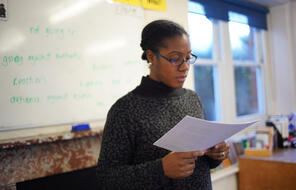
Equality for All
Students explore some of the limitations of Reconstruction's transformation on US democracy and learn about groups who demanded that the promise of equality be made a reality.
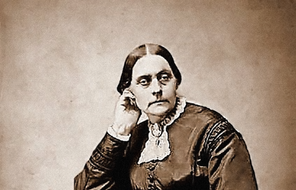
The Cost of Labour
Students explore the moral codes of the world of the play, before being introduced to the concept of a universe of obligation and participating in a debate on workers’ rights.
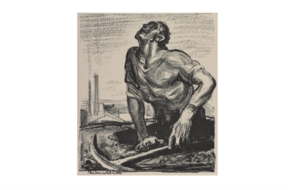
Making Rights Universal
Students analyse four rights in the UDHR and decide whether they are universal and enjoyed by all in the world today.
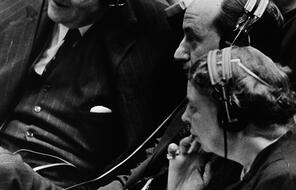
Teaching in the Wake of Violence
This mini-lesson contains strategies and activities for supporting your students in the aftermath of violent events targeted at people because of their identities.

Enacting Freedom
Students consider what it means to be free by learning about the choices and aspirations of freedpeople immediately after Emancipation.
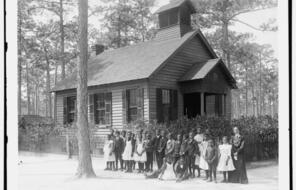
Introducing and Dissecting the Writing Prompt
Students begin to understand and stake out a preliminary position in response to the assessment writing prompt.

Introducing Evidence Logs
After learning about the Armenian Genocide, students reflect on the writing prompt a second time by adding a historical lense.

Adding to Evidence Logs, 1 of 4
Students incorporate new evidence from the history of the Weimar era into the position they are developing.

Adding to Evidence Logs, 2 of 4
Students consider how what they've learned about the rise of the Nazi Party influences their thinking about the essay prompt and practice making inferences.

Adding to Evidence Logs, 3 of 4
Students review the documents and videos from previous lessons and consider what information supports, expands, or challenges their thinking about the essay.

